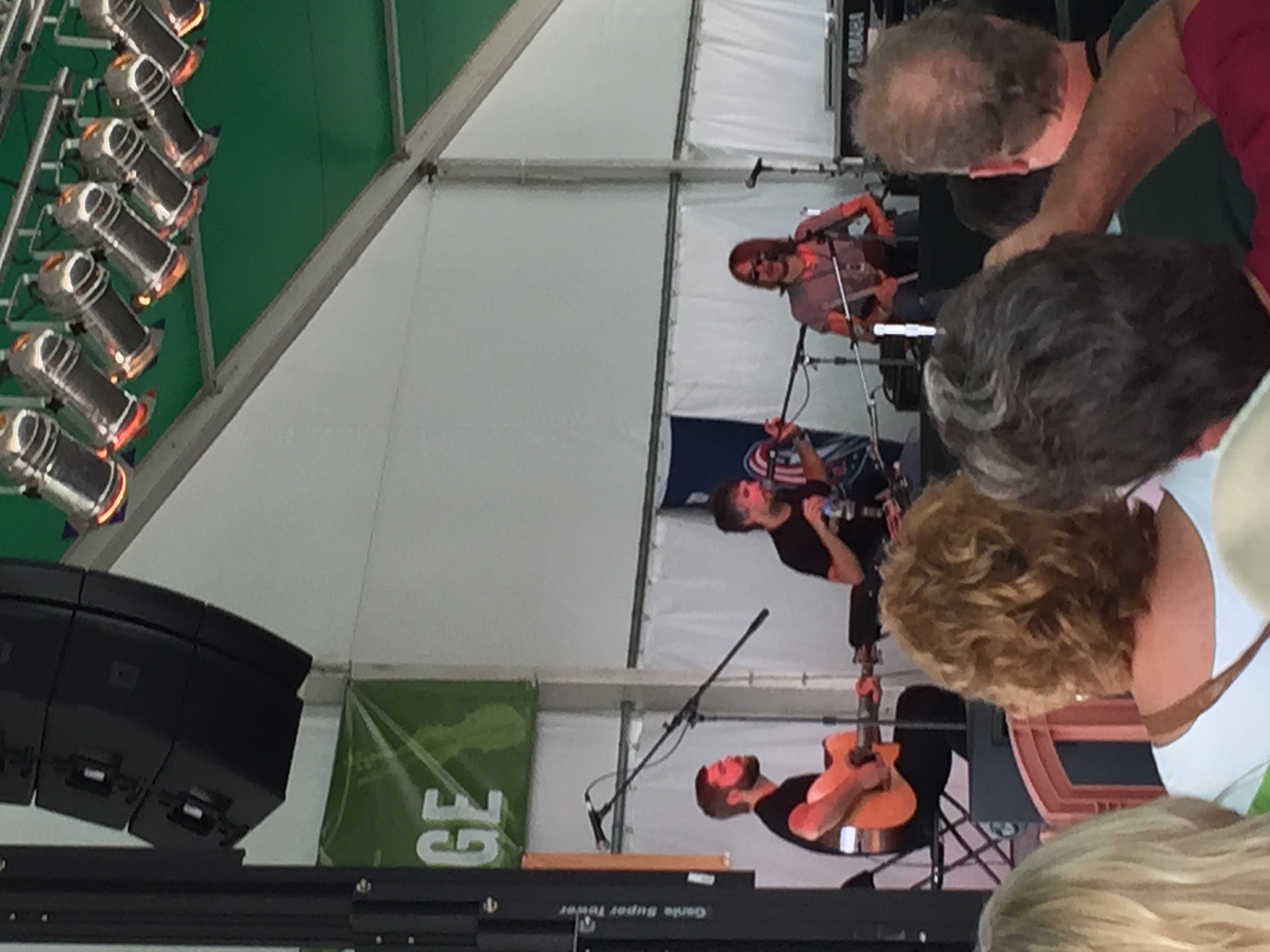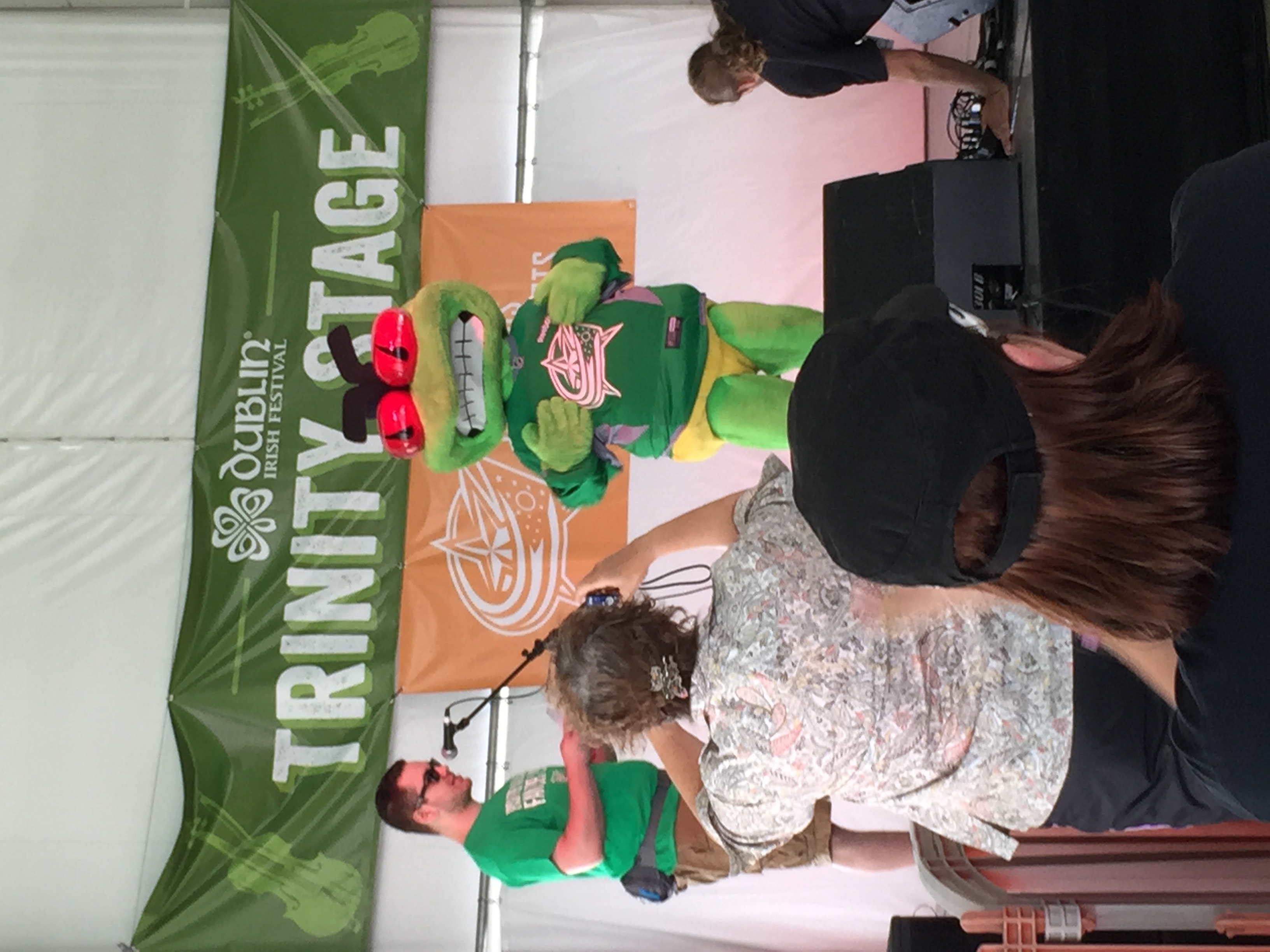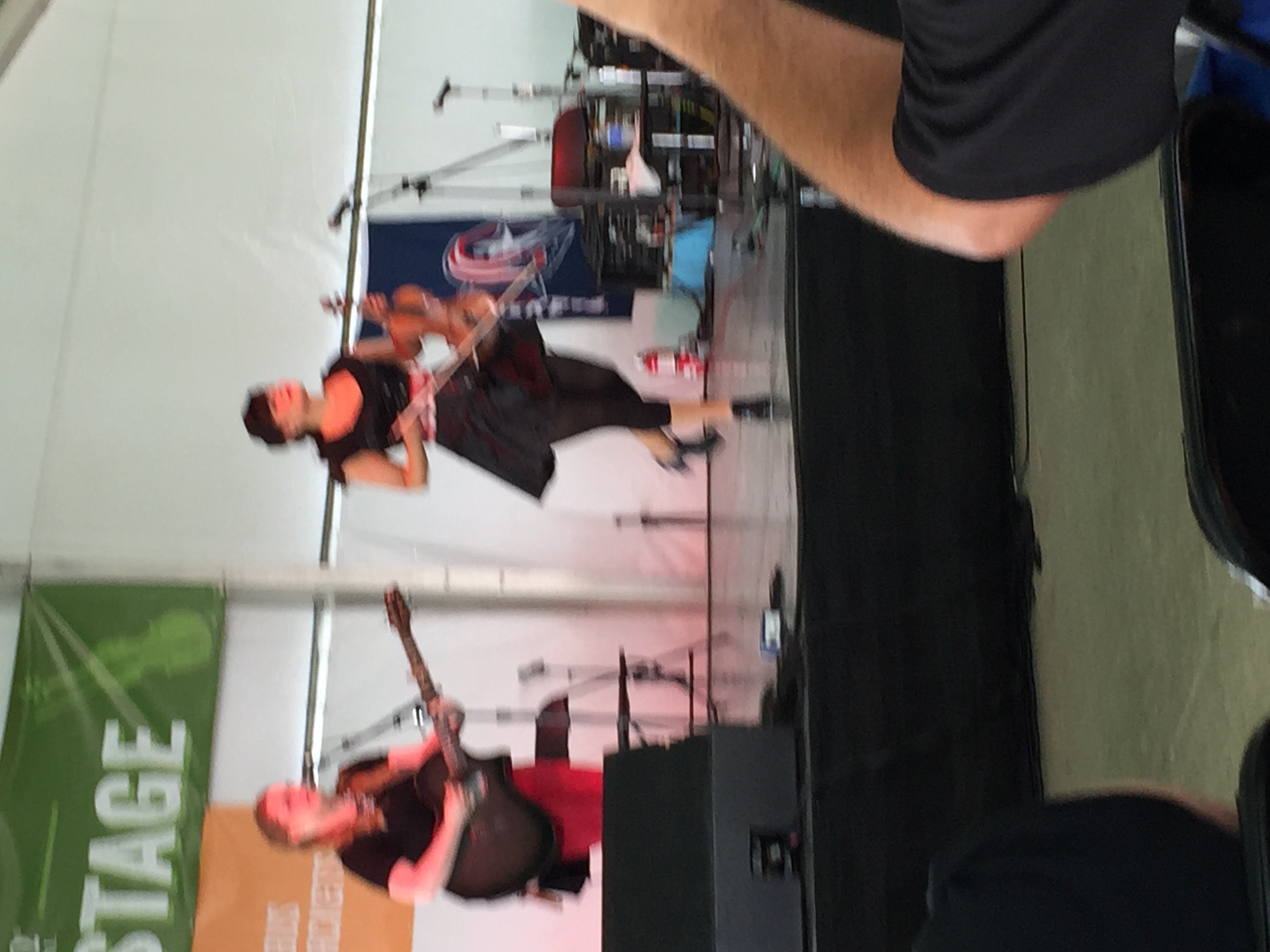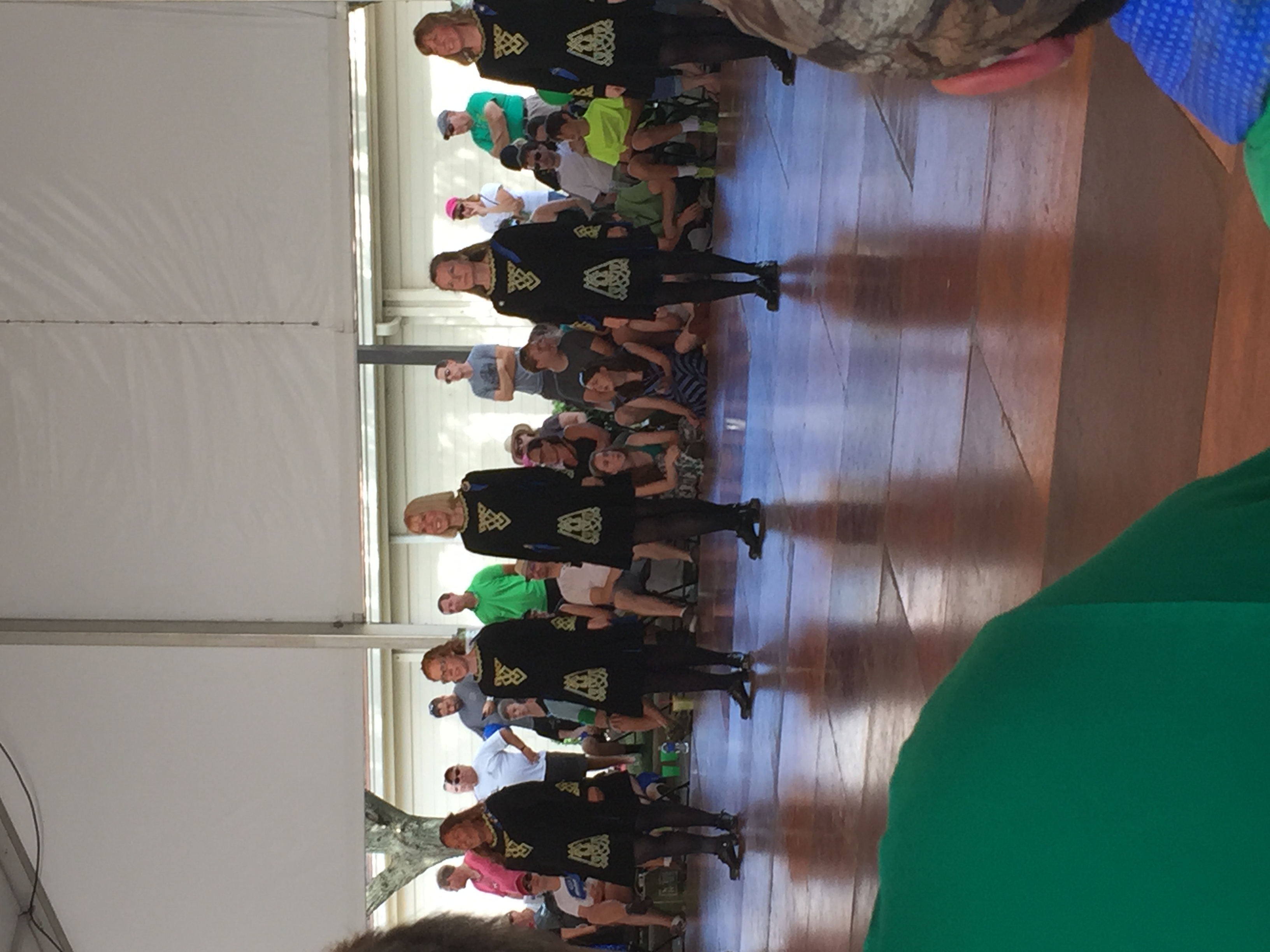As Maria says in The Sound of Music, "Let's start at the very beginning." If we're going to talk about Dominican saints--and we are, oh boy!--we need to start with the founder of the order, and that's St. Dominic.
St. Dominic was born in Caleruega, Spain, in 1170, to Bl. Jane of Aza and Felix Guzman. Before his birth, his mother had a dream of a dog emerging with a torch in his mouth, which seemed to set the earth of fire. The dog in the dream is seen as a play on words: "dog" in Latin is "canis" and Lord is "Domini"--thus, "dominican"="hound of the Lord." At his baptism, his godmother saw a star on his forehead, hence the reason the saint is often depicted with a star about his head in sacred art, and why he is the patron of astronomers.
St. Dominic receiving the rosary from Our Lady. Notice the dog with a torch in its mouth at his feet.
St. Dominic received his schooling in Palencia, where he spent six years studying the liberal arts, and four years studying theology. In 1191, when a famine was raging throughout the country, St. Dominic sold his precious textbooks, clothes, and furniture to help feed the hungry. "Would you have me study off these dead skins, when men are dying of hunger?" he asked his astonished friends.
In 1194, around the age of twenty-five, he joined the canons regular of in the Diocese of Osma. Canons regular were men who followed the Rule of St. Augustine and lived in community. Unlike monks, the canons were engaged in public works and ministry around the diocese.
Ten years later, when Dominic was around thirty-five, he joined the Bishop of Osma on a diplomatic mission for the King of Castile. The mission itself failed, but it brought St. Dominic to the event that would lead to the foundation of his new order.
In the South of France, Dominic and the bishop entered the Albi region of the country, where a heretical sect, the Albigensians, had taken root. (Albigensians were also called Catharists, in some places). Briefly, the Cathars believes that there was both a "good" and a "bad" God. All visible matter, including the human body, was created by the "bad" God, and thus was full of sin. Thus, even the body of Christ, the Incarnation of Jesus, was sinful in their beliefs. The "Good" God was the New Testament God, and the 'bad" God was the God of the Old Testament. Of course, this is directly opposed to the idea of one God that the Catholic Church teaches.
St. Dominic, upon meeting an innkeeper who held these beliefs, stayed up all night discussing the errors and the True Faith with him. At dawn, the innkeeper realized his error and returned to the church. St. Dominic's zeal for the salvation of souls. But as St. Dominic traveled throughout Southern France alone (the bishop having returned to Osma), he saw the devastating effects of the heresy, and knew that he had to combat it. But how?
The first people to join the order were women, who wanted to return to a strong practice of their faith. St. Dominic established a monastery for these woman at the church of St. Mary of Prouilhe. These women became the first nuns of the order.
On the night of July 22, 1206, St. Dominic saw a a globe of fire descend from the sky and and rested above the church. He saw this sign (called "Seignadou--"Sign of God") as a confirmation of his work. He would form an order of itinerant preachers who would go all over the world, combating heresy and bringing the truth of the gospel to the people. His friars would live in community, but not in monasteries, and they would devote much time to study, because in order to preach the truth, one must first know the truth. They would preach in the language of the people, so that everyone, from prince to peasant, could understand them
It took several years, but in 1214 St. Dominic established the first religious community of his new order in Toulouse. It would be governed by the Rule of St. Augustine, the same rule he'd followed as a Canon Regular, and which gave a lot of flexibility to its members. The Order was founded for two purposes: Preaching and the Salvation of Souls. This is why members of the order have O.P. after their names--it stands for Ordo Praedicatorum, "Order of Preachers."
The Dominican seal, with the motto "To praise, to bless, to preach" around the shield.
The order was formally approved by Pope Honorius III on on December 22, 1216.
St. Dominic founded convents and friaries (the priests are called friars) throughout Europe, mostly in University towns, such as Paris and Bologna. The pope invited St. Dominic and his friars to take up residence at the Church of Santa Sabina in Rome, which is still the headquarters of the order and the home of the Master General today.
St. Dominic abstained from meat, and undertook long periods of fasting and silence. He "never allowed himself the luxury of a bed", and often stayed up all night, or late into the night, praying for sinners. He died at the age of 51, on August 6, 1221. His feast day is August 8 and he is the patron of astronomers, astronomy, and the Dominican Republic.
Besides the Dominican order, St. Dominic gave the church another treasure: the rosary. The rosary was given to St. Dominic at Prouilhe in 1214. Bl. Alain de la Rouche, a Dominican priest, spread devotion of the rosary in the 15th century. The habit of Dominican friars, nuns, and sisters includes a rosary worn on the left side of the body, where knights use to wear their swords, since St. Dominic said that the power of the rosary was more powerful than any other weapon. Pope Pius XI said that, "The Rosary of Mary is the principle and foundation on which the very Order of Saint Dominic rests for making perfect the life of its members and obtaining the salvation of others."
he habit of the Dominicans is representative of white for purity, and black for penance. There are three "orders" in the Dominican order: the friars are the first order; the nuns, who live in monasteries, are the second, and the sisters and laity are the third.













































